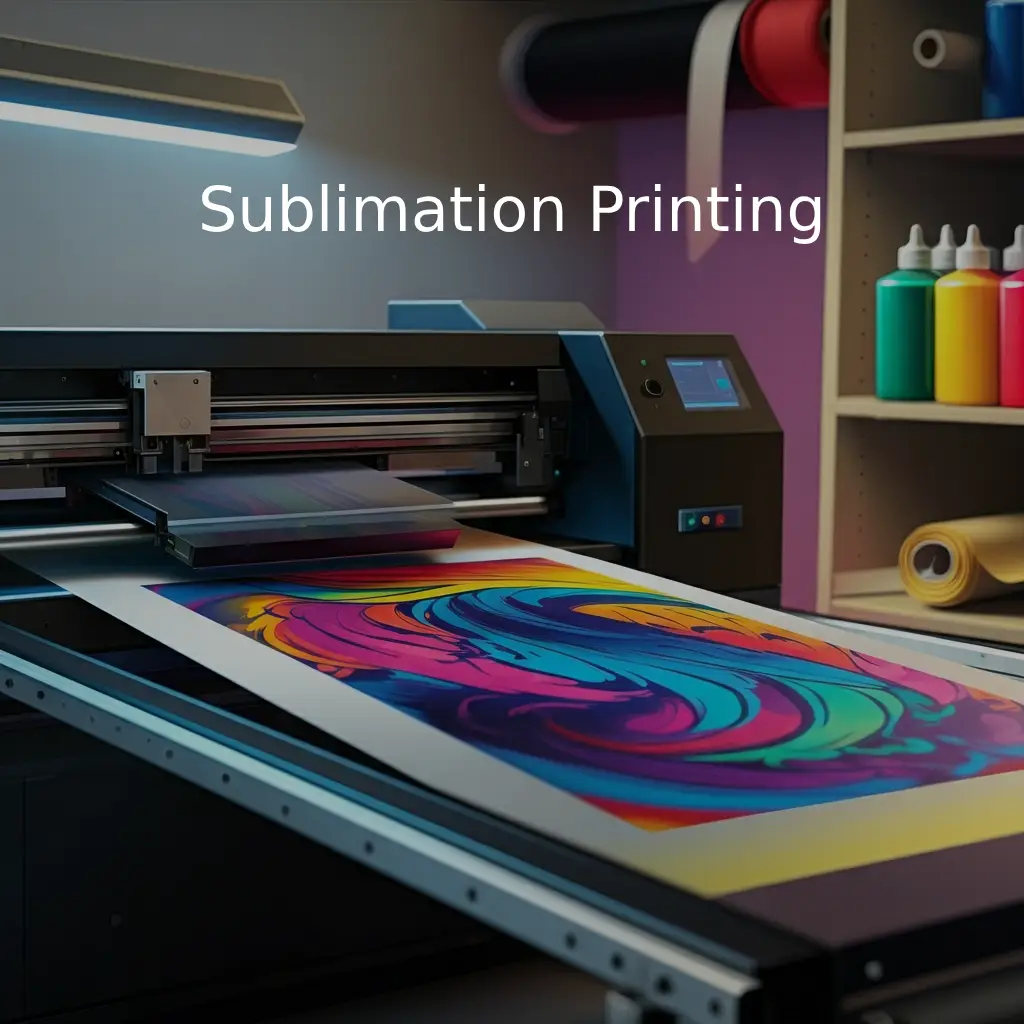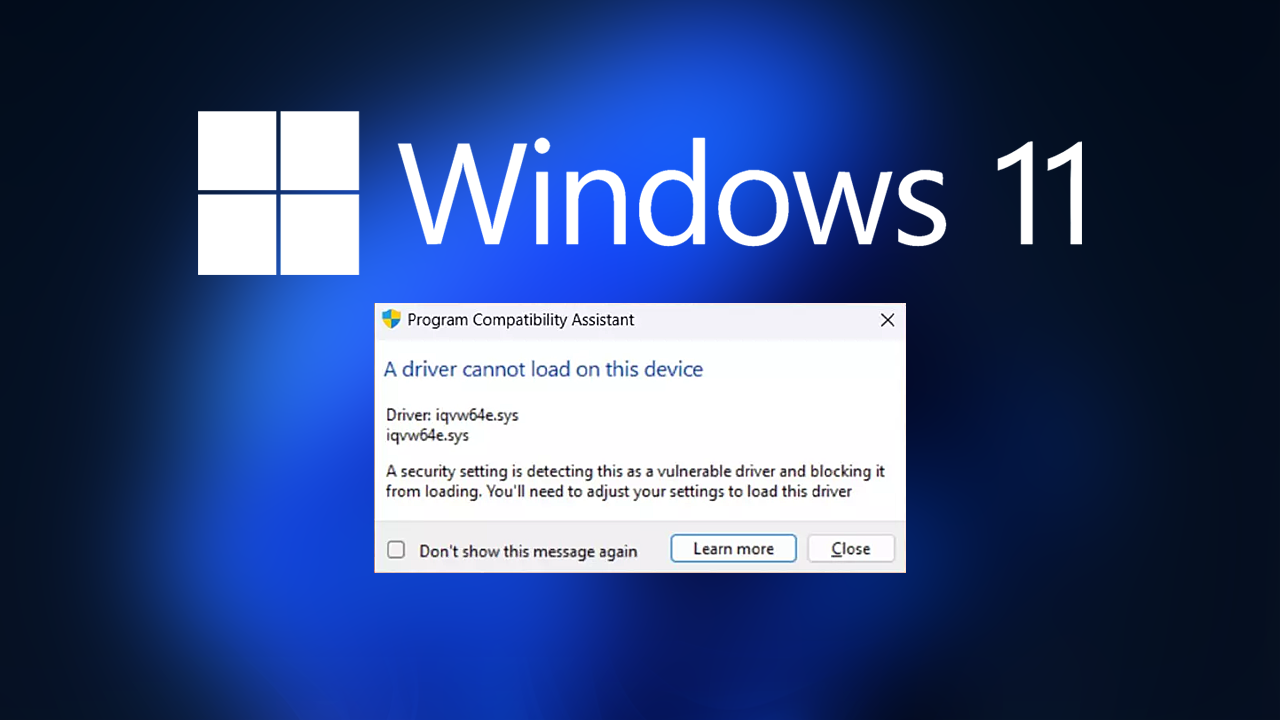If you’re in search of an enduring, vibrant and top-quality method to apply designs on various items, then sublimation printing may be your solution. From mugs to custom-designed t-shirts and even furniture This innovative technique is changing the way we think about customized items. What exactly can sublimation printing be used to create personalised products? Let’s look at it in detail!
What is Sublimation Printing?
Sublimation printing is cutting-edge method that prints designs on different materials by using the use of heat and specially-formulated ink. Contrary to conventional printing techniques which use ink that sits on the surface of the material, sublimation dye fuses directly to the substrate or fabric producing a vibrant, high-resolution lasting image.
This technique is best suited to fabric made from polyester or products that have a coating of polyester. It is a popular choice option for personalized clothing, promotional items as well as photo-related gifts.
The Sublimation Printing Process
This is a step-by-step guide on the sublimation printing process:
1. Create Your Design
The first step is to start with your creativity! Graphic designing software like Adobe Photoshop and Canva to design your own artwork. If it’s a logo the pattern or photo, the possibilities are limitless.
2. Print the Design
The following step is to use the sublimation printer as well as sublimation inks. Design is printed on the paper that is sublimation-transfer that serves as the media that can transfer the ink the selected material.
3. Apply Heat and Pressure
The moment to be awestruck! The transfer paper that has been printed is positioned on the unfinished item (like the t-shirt or mug) and secured. With a heat press where heat and pressure are put on the item. High temperatures convert sublimation into gas, and it gets into the surface of the polyester or coating.
4. Ink Infusion
Once heated, the gas forms bonds with the polyester fibres or the coating. The result is the vivid colors we associate Sublimation Printing. Consider it like the ink being an integral part of the fabric!
5. The Final Product
When the heat press is taken away and the product is cooled, you’ll have the final product with the same seamless design, with high resolution. What’s the result? It’s a scratch-proof, fade-resistant and aesthetically stunning item.
What are the Benefits of Sublimation Printing?
Sublimation printing goes beyond stunning colors, but it has a number of amazing benefits:
- Bright and durable prints: Sublimation creates vibrant, vivid colours that are incorporated into the fabric, which makes the prints resistant to fade or peeling.
- Flexibility: Sublimation works with a myriad of things, like clothing and drinkware, phone cases as well as mousepads and other.
- All-Over printing This method lets you create designs that are edge-to-edge which is ideal for complex or huge designs.
- Sustainable: Since there’s no waste ink and just the right amount of ink used Sublimation printing is environmentally friendly.
Where Can Sublimation Printing Be Used?
Sublimation printing is rising in popularity, mostly because of its incredible versatility. There are many methods of using it:
- Custom-designed apparel: Think bold designs for polyester t-shirts uniforms, or sportswear.
- personalized gifts: Mugs, keychains and photo frames are the most popular options to print sublimation.
- Promotional products: From branded drinks bottles to totes Sublimation is the perfect method of promotion.
- Decorating for the Home: Things like coasters, cushion covers and wall decor are designed to match any style.
Is Sublimation Printing Right for You?
If you’re creating personalised items or are looking for high-end promotional products, or just trying out new hobbies sublimation printing is the best option. It’s especially suitable for firms providing custom designs as well as for individuals seeking to create innovative and durable designs.
Final Thoughts
Sublimation printing is a blend of durability, quality and versatility, which can make a difference to every project or company. It offers endless options for personalization and a green process there’s no reason to doubt that this process is taking all over the world.
Also Read: What does 3D printing involve?


